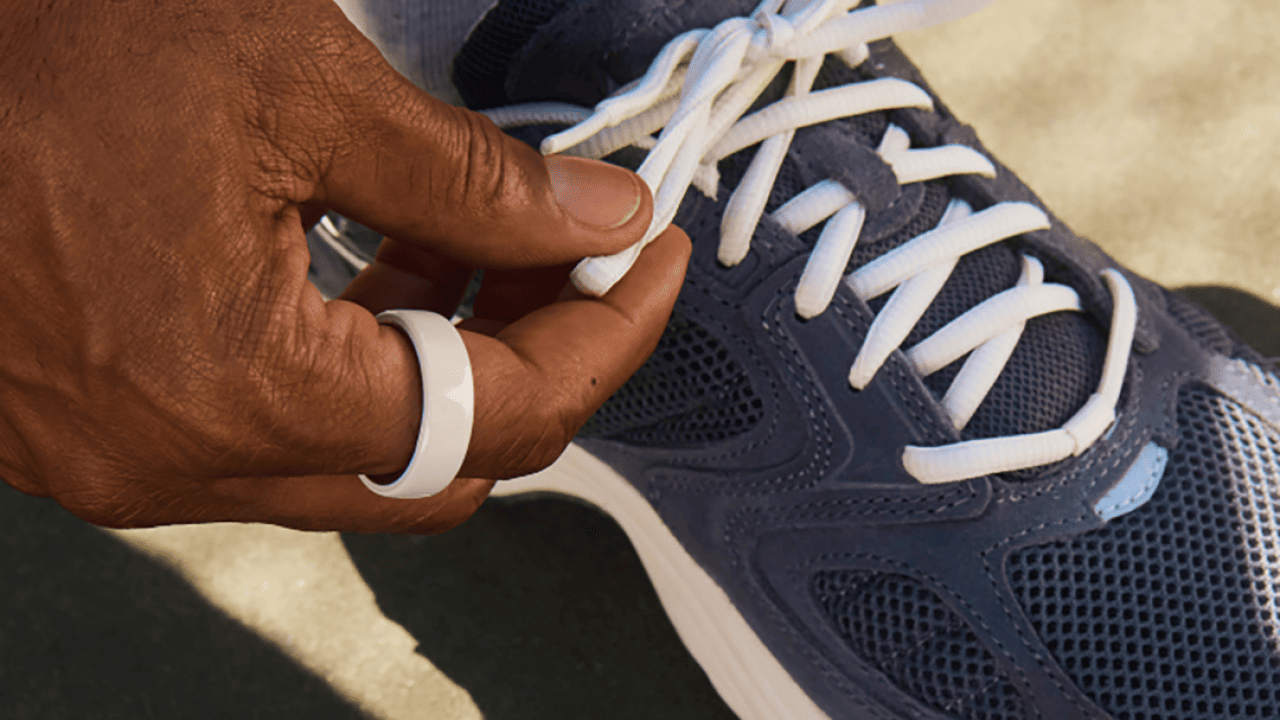Strength, steps, and swings: How men are staying active

OURA
Strength, steps, and swings: How men are staying active
From walking to weightlifting, Oura first-party data shows how men around the world are staying active—and how their habits have shifted in the last year.
In a recent internal analysis, Oura’s data science team analyzed de-identified data from male Oura Members, revealing key trends and insights into their top fitness activities and trends.
Below, view the key findings, including some consistent favorites and surprising surges in activity types.
Walking Still Leads the Way
Everyday movement counts—and male Oura Members are leaning in. Walking is the most popular activity among them, with nearly 550,000 men logging a walk in August 2025, up 82% from about 300,000 in 2024.
Though its overall share of total workouts dipped slightly, walking continues to dominate as the cornerstone of daily movement for men of all ages.
The Strength Surge: More Men Lifting
Strength training has seen a dramatic rise among male Oura Members worldwide. From August 2024 to August 2025, the number of men tagging “strength training” workouts more than doubled—making it the second most popular logged workout among men, following walking.
And for good reason: Research shows that strength training doesn’t only build muscle—it also improves metabolic health, supports glucose control, strengthens bones, boosts cardiovascular function, and contributes to longevity and resilience.
Importantly, the trend isn’t limited to younger members. Growth is consistent across every decade of life, showing that men of all ages are recognizing the long-term value of lifting. Whether it’s about performance, prevention, or maintaining independence with age, strength training is becoming a non-negotiable part of men’s health routines.
Golf Swings Into the Spotlight
More men are hitting the links, with the number of male members tagging golf workouts increasing nearly three times in just one year—from 19,500 in August 2024 to 58,000 in August. Golf’s share of total workouts also rose by 0.7%, signaling its growing footprint in men’s activity routines.
Golf’s popularity is especially strong among men over 30, where its accessibility, social connections, and low-impact nature make it a compelling option.
This trend aligns with a broader societal shift: Golf participation has been climbing globally in recent years, with younger players and recreational athletes taking to the sport thanks to new, more inclusive formats like driving ranges, simulator golf, and short courses.
Everyday Movement Counts: Housework and Yardwork
All movement counts, so whether you’re cleaning up after your children or mowing the lawn, it makes a difference.
While you may not always have three hours spare for a round of golf, you can still get in decent activity through your everyday tasks, logged as “housework” or “yardwork.” From August to 2024 to August 2025:
- Housework saw a 204.50% increase.
- Yardwork nearly doubled +99.30%.
These surges highlight a shift toward a more holistic view of activity, considering that everyday, non-fitness activities still meaningfully contribute to daily health.
Running and Cycling Plateau
Running and cycling remain strong contenders, with over 175,000 and 180,000 users respectively in August 2025. However, both activities saw their overall share decline compared to 2024—running dropped by 2.5% and cycling by 3%. This suggests that while these endurance staples are still widely practiced, men are increasingly diversifying their routines with other forms of movement, from strength training to golf.
This trend mirrors broader fitness shifts. During the pandemic, running and cycling surged as accessible, socially distanced ways to stay active. In the years since, participation has stabilized, with many athletes branching into new modalities that emphasize strength, recovery, and social connection.
Men’s Fitness Trends by Age
When breaking down activity by age, the data reveals specific trends for each group based on the activities with the most significant positive change in their share of total workouts:
- Ages 18–29: The top movers were housework (+0.19%), golf (+0.11%), and yardwork (+0.03%).
- Ages 30–39: Housework logged the strongest growth (+0.56%), followed by golf (+0.16%) and cardiovascular exercise (+0.05%).
- Ages 40–49: Housework again showed the biggest increase in share (+0.49%), followed by golf (+0.13%) and cardiovascular exercise (+0.05%).
- Ages 50–59: The top activities by share growth were housework (+0.43%), golf (+0.15%), and cardiovascular exercise (+0.04%). Notably, stretching also showed a significant increase in its share, with a delta of +0.04% to reach a share of 0.13% in 2025, and yoga also made the top 10 list for this age group
- Ages 60–69: This group showed broad diversity with significant share growth in housework (+0.25%), golf (+0.11%), and core exercise (+0.03%). Strength training, hiking, swimming, yoga, pickleball, and HIIT also made the top 10 list.
From younger men embracing golf and yardwork to older men leaning into stretching, yoga, and steady strength training, Oura data shows that mobility and functional health are becoming priorities across all life stages.
This story was produced by Oura and reviewed and distributed by Stacker.
![]()



